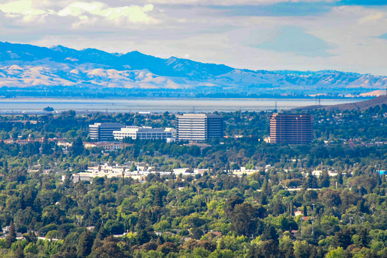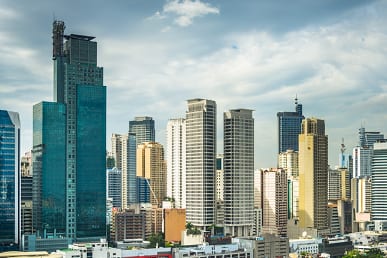By Angela Ho & Nancy E. Miller
U.S. Citizenship and Immigration Services (USCIS) has released long-awaited policy guidance for adjudicating O nonimmigrant petitions in cases where comparable evidence is introduced as an alternative standard. The government grants O-1A and O-1B visas to those individuals of objectively “extraordinary ability” in the fields of science, education, business, athletics or the arts. Ballet dancers and choreographers, Olympic champions, movie and TV production crew, pioneering researchers and professors, innovative artists and designers, fine dining chefs and Nobel Prize laureates are just a few examples of individuals who can be eligible for an O visa. For many, the challenge of a successful O petition is convincing the government that the body of achievement submitted rises to the level of “extraordinary ability” and relates to the requested period in the United States.
Normally, the beneficiary can demonstrate “extraordinary ability” by submitting evidence listed in the regulations—such as awards, publications, and other widely recognized distinctions—that prove that the individual is operating at the highest level in their field. In some cases, demonstrating extraordinary ability in particular fields does not neatly comport with the list of acceptable evidence. For those individuals, the “comparable evidence” provision exists as a catch-all umbrella for USCIS to accept equivalent forms of evidence not enumerated in the regulations. However, in order to even use this provision, petitioners have had to first establish that the majority of the listed criteria do not readily apply to the beneficiary’s occupation. Once that case is made, only then will USCIS consider the comparable evidence provided.
USCIS’ new guidance firmly does away with this numerically driven requirement. USCIS will now consider equivalent, comparable evidence in support of the beneficiary’s claim of extraordinary ability instead of disregarding it if they believe other means listed in the regulations would suffice. By interpreting the regulations in a more open manner, the government acknowledges that extraordinary ability in an occupation can fit more than one conventional measure of achievement. Comparable evidence can now be considered on equal footing with the other listed evidence in the regulations rather than a last resort alternative after other avenues have been exhausted. By allowing comparable evidence to be more readily considered in adjudications, the government has expanded the scope of O visa eligibility to be more fair and inclusive. In this day and age, innovative or unconventional occupations that nonetheless entail extraordinary ability should be eligible for O visas and the government’s new guidance concurs with this new reality.
In the policy memo, USCIS lays out how officers should now adjudicate O visas when a beneficiary wishes to use comparable evidence. If a particular criterion in the regulations does not apply to the beneficiary’s occupation, the comparable evidence provision can then be used to provide additional relevant evidence even if other listed means are available. Before, USCIS officers would deny O visas on the grounds that the other listed evidentiary means were not exhausted. Now, the guidance states that summary denial should not result in those grounds.
Some guidelines apply for employing comparable evidence. First, the petitioner must explain why a particular evidentiary criterion is not easily applicable to the beneficiary’s occupation. Second, the petitioner must give an argument for why the submitted comparable evidence is equivalently significant. Third, even with the revised acceptance of comparable evidence in O visa adjudications, petitioners must still take care to satisfy O eligibility requirements under the regulations. Additionally, the standard of review for establishing eligibility requirements of the O-1A and O-1B remains a preponderance of the evidence—the petitioner must show that what it claims is “more likely true” or “probably” true.
Nevertheless, this is undoubtedly good news for those individuals of extraordinary ability who may have less recognizable accolades of excellence. Although we will have now have new considerations on how to approach O-1A and O-1B petitions, USCIS’ guidance shows that the government is willing to take a less rigid position on these nonimmigrant visas. Overall, USCIS asserts that it will assess the petition on both the quality and quantity of evidence offered. Arbitrary dismissal of good, probative evidence, which aggrieved past O-1 hopefuls, should hopefully be an uncommon occurrence. A final version of the policy memorandum should be released by the end of this year.
Applications for a visa for one with extraordinary ability are best done by an attorney with extraordinary ability. For that reason, be sure that the lawyer you hire is one who is an experienced and knowledgeable immigration lawyer.




